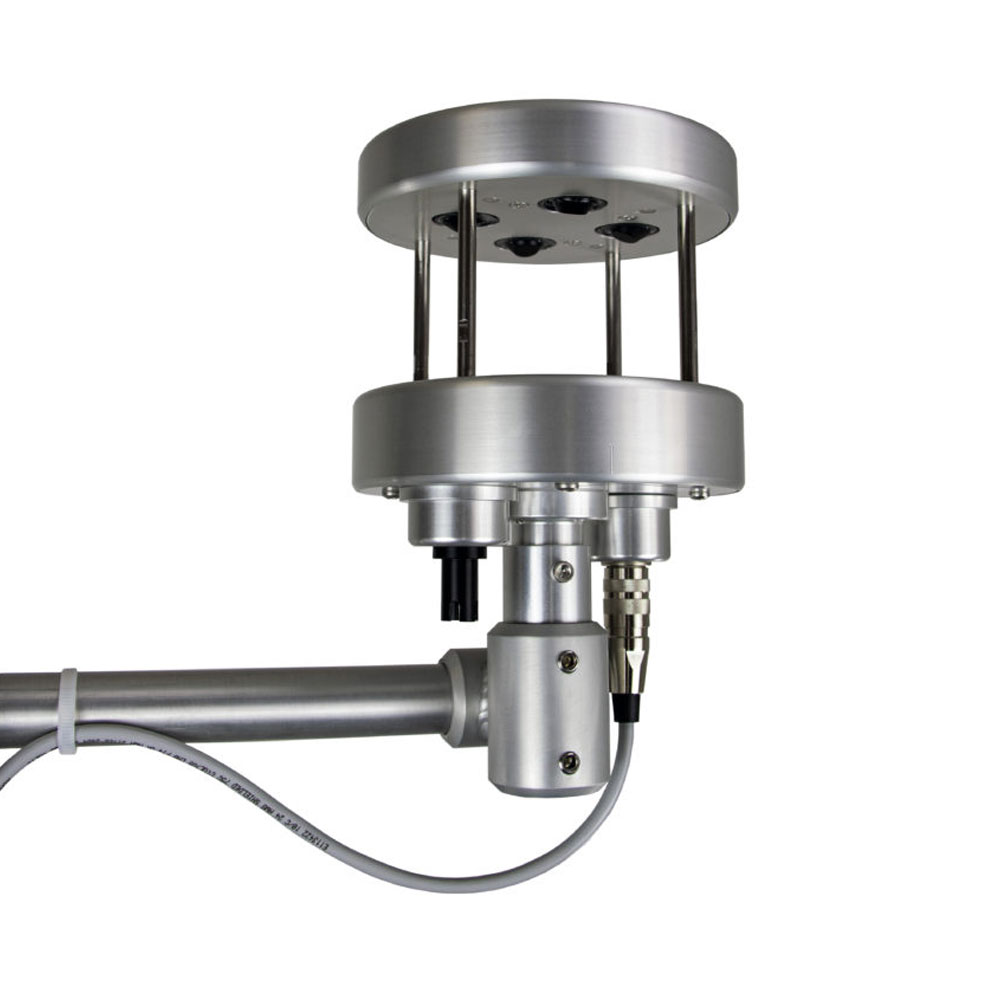How an Anemometer Can Boost Your Weather Tracking System
How an Anemometer Can Boost Your Weather Tracking System
Blog Article
Anemometers Unveiled: Comprehending Their Significance in Environmental Tracking and Security Actions
The duty of anemometers in environmental surveillance and precaution is commonly taken too lightly, yet their relevance is obvious. These instruments have a long background rooted in scientific questions and technical developments, advancing to end up being important devices in different fields. From weather forecasting to aviation security, anemometers play a vital duty in giving exact data that educates decision-making processes and boosts total security. Understanding the complexities of anemometers unveils a world of vital understandings that are fundamental to our understanding of the environment and the actions we take to ensure safety.
Background of Anemometers
The evolution of anemometers can be mapped back to the ancient people where simple wind gauging tools were very first made use of. One of the earliest known anemometers was the hemispherical cup anemometer invented by Leon Battista Alberti in the 15th century.
Over the years, advancements in modern technology led to the growth of more modern-day anemometers, including ultrasonic anemometers and laser Doppler anemometers, offering boosted precision and efficiency in gauging wind speed and instructions. The history of anemometers showcases an impressive trip of development and progress in the area of weather forecasting.
Kinds of Anemometers
Throughout the area of weather forecasting, numerous kinds of anemometers have actually been developed to accurately measure wind rate and direction. One of the most typical type is the cup anemometer, which contains 3 or 4 mugs installed on straight arms that rotate with the wind. As the mugs spin, the speed at which they rotate is straight proportional to the wind rate. Another commonly used type is the vane anemometer, which includes a tail or fin that straightens itself with the wind instructions. This alignment enables the device to establish the wind direction. Sonic anemometers use ultrasonic signals to determine wind rate and instructions accurately. They are commonly made use of in research study applications because of their high accuracy. Hot-wire anemometers operate based on the concept that the cooling result of wind on a heated wire is symmetrical to the wind speed. These anemometers are ideal for measuring low wind rates with high precision. Each type of anemometer has its staminas and is chosen based upon the particular requirements of the tracking task handy.
Applications in Weather Forecasting
Having gone over the various sorts of anemometers made use of in meteorology for measuring wind speed and instructions, it is crucial to explore their useful applications in the area. Anemometers play a crucial duty in meteorology by supplying real-time and exact data on wind problems (anemometer). Meteorologists utilize anemometers to check wind speed and instructions to forecast weather condition patterns, issue cautions for extreme climate occasions like twisters, storms, and storms, and examine weather for aeronautics safety and security
In weather forecasting, anemometers aid in recognizing local and local wind patterns, which are essential for forecasting weather changes and determining climatic fads. These devices are additionally used in study to examine microclimates, city warmth islands, and air pollution dispersion. In addition, anemometers are utilized in agriculture to enhance crop management practices, such as irrigation and pesticide application, based upon wind problems.
Value in Aviation Safety
An essential aspect of making sure aviation safety and security lies in the meticulous surveillance of wind conditions utilizing anemometers. Anemometers play an essential duty in air travel by supplying real-time Look At This data on wind rate and direction, helping pilots in making informed choices during take-off, trip, and landing. Unforeseeable and strong winds can significantly affect aircraft procedures, making it necessary for air travel authorities to count on exact wind dimensions to ensure the safety of guests and crew.

In the vibrant atmosphere of aviation, where even small changes in wind rate and direction can have extensive effects, anemometers stand as Learn More important devices for promoting protected and secure air traveling.
Function in Environmental Research Study
How do anemometers add to improvements in environmental study? Anemometers play an essential role in ecological research by offering necessary information on wind rate and direction. This information is essential for recognizing different atmospheric procedures, such as air pollution diffusion, weather patterns, and environment modification. By properly Homepage gauging wind features, anemometers aid scientists assess the movement of pollutants in the air, analyze the effect of industrial emissions, and predict the spread of pollutants in the environment.


Final Thought
In verdict, anemometers have actually played a vital function in ecological tracking and precaution. With an abundant background and different types readily available, these tools have actually been commonly used in meteorology, aeronautics security, and environmental study. Understanding the relevance of anemometers is essential for precisely determining wind rate and instructions, which is vital for forecasting climate patterns, guaranteeing secure air travel procedures, and performing ecological researches - anemometer. Their contributions to these fields can not be ignored.
One of the earliest recognized anemometers was the hemispherical cup anemometer designed by Leon Battista Alberti in the 15th century. Over the years, advancements in modern technology led to the development of even more modern-day anemometers, including ultrasonic anemometers and laser Doppler anemometers, offering enhanced precision and performance in determining wind rate and instructions. Hot-wire anemometers operate based on the principle that the cooling effect of wind on a warmed cord is proportional to the wind rate. Meteorologists use anemometers to check wind rate and direction to anticipate weather patterns, issue warnings for serious climate events like typhoons, hurricanes, and tornados, and examine atmospheric conditions for aeronautics safety.
Comprehending the importance of anemometers is vital for precisely determining wind rate and instructions, which is vital for predicting weather condition patterns, ensuring risk-free air travel procedures, and carrying out environmental research studies. (anemometer)
Report this page